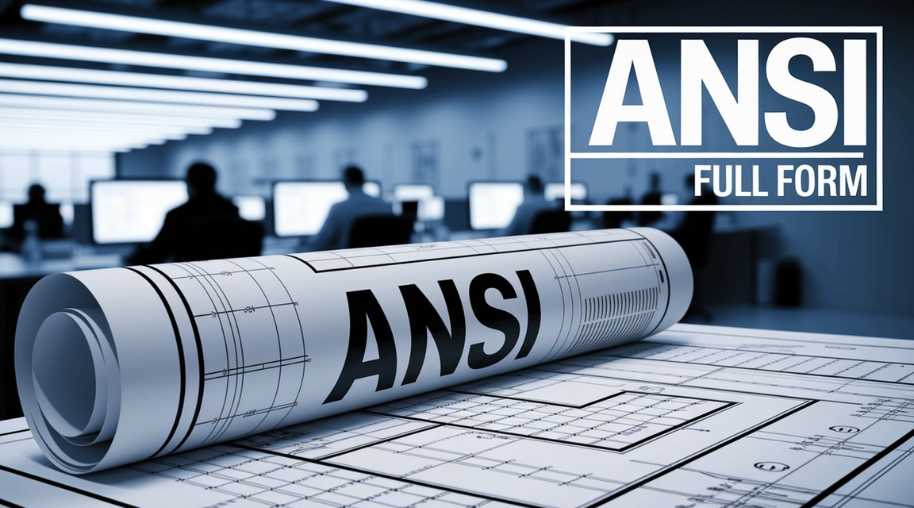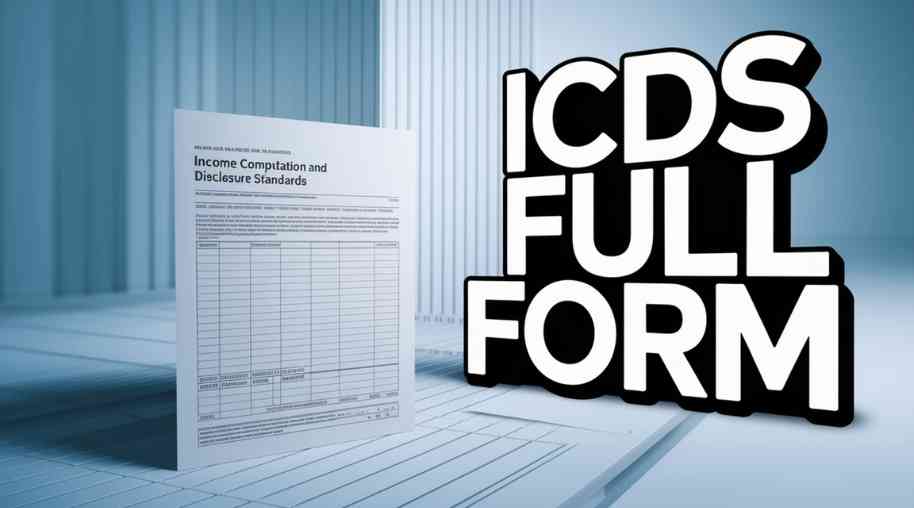ANSI Full Form - American National Standards Institute
by Shashi Gaherwar
0 2066
American National Standards Institute (ANSI): Role, Standards, and Impact
Introduction
The American National Standards Institute (ANSI) is a non-profit organization that oversees the development of voluntary consensus standards for products, services, processes, and systems in the United States. Founded in 1918, ANSI ensures U.S. industries meet global quality and safety benchmarks, promoting efficiency, consumer protection, and international trade compliance. This article explores ANSI’s role, standards development process, industry impact, and global influence.

What is ANSI?
ANSI coordinates and accredits standard-setting organizations in the U.S., approving and promoting standards developed by industry groups and technical committees rather than creating them directly.
Objectives of ANSI
ANSI’s primary objectives include:
- Develop and Promote Standards: Ensure quality, interoperability, and safety across industries.
- Enhance U.S. Competitiveness: Align with international standards to facilitate trade.
- Protect Public Interest: Implement safety guidelines for consumer and workplace protection.
- Support Innovation and Technology: Standardize emerging fields like cybersecurity and AI.
ANSI Standards Development Process
ANSI follows a structured process for American National Standards (ANS):
- Proposal Submission: Industry groups submit proposals for new or revised standards.
- Public Review and Consensus Building: Standards undergo public and expert review with input from stakeholders like government and businesses.
- Approval and Accreditation: Standards meeting openness and consensus criteria are approved, and Standards Developing Organizations (SDOs) are accredited.
- Publication and Implementation: Approved standards are published, adopted, and regularly revised for relevance.
Key ANSI Standards
ANSI standards span multiple industries, including:
- Safety and Workplace Regulations: ANSI Z535 for safety signs and ANSI Z10 for occupational health systems.
- Information Technology and Cybersecurity: ANSI/NIST for IT security and ANSI/TIA-568 for telecom cabling.
- Construction and Manufacturing: ANSI A117.1 for accessibility and ANSI B11 for machine tool safety.
- Food and Healthcare Standards: ANSI/NSF 60 for water treatment and ANSI/AAMI for medical devices.
Impact of ANSI on Industries
ANSI standards significantly influence industries:
- Improving Product Quality and Safety: Ensures products meet safety benchmarks, reducing risks of defects.
- Enhancing International Trade: Aligns with ISO and IEC standards, aiding U.S. companies in global markets.
- Boosting Consumer Confidence: ANSI-certified products assure high quality, fostering trust.
- Supporting Regulatory Compliance: Many standards are adopted into federal regulations, easing legal compliance.
ANSI and International Collaboration
ANSI collaborates globally with:
- ISO (International Organization for Standardization): Represents U.S. interests in ISO standard development.
- IEC (International Electrotechnical Commission): Supports electrical safety standards.
- World Trade Organization (WTO): Aligns U.S. trade policies with international norms.
Challenges in Standardization
ANSI faces several challenges:
- Keeping Up with Technological Advancements: Emerging fields like AI and blockchain require new standards.
- Balancing Industry and Public Interests: Industry-driven standards may prioritize business over consumer protection.
- Global Standardization Conflicts: Differences with international norms create trade barriers.
Future of ANSI
ANSI’s future initiatives include:
- Expanding Digital and Cybersecurity Standards: Developing protocols for AI and data privacy.
- Promoting Sustainability and Green Standards: Enhancing standards for renewable energy and green building.
- Enhancing Industry Collaboration: Engaging tech firms and startups in open-source standardization.
The American National Standards Institute (ANSI) is pivotal in shaping U.S. industry standards, ensuring quality, safety, and global competitiveness. From workplace safety to cybersecurity, ANSI’s standards drive innovation and compliance. As technology advances, ANSI will continue to adapt, fostering a safer, more efficient world for businesses and consumers.
Further Learning Resources
If you’re passionate about building a successful blogging website, check out this helpful guide at Coding Tag – How to Start a Successful Blog. It offers practical steps and expert tips to kickstart your blogging journey!
For dedicated UPSC exam preparation, we highly recommend visiting www.iasmania.com. It offers well-structured resources, current affairs, and subject-wise notes tailored specifically for aspirants. Start your journey today!

Share:








Comments
Waiting for your comments